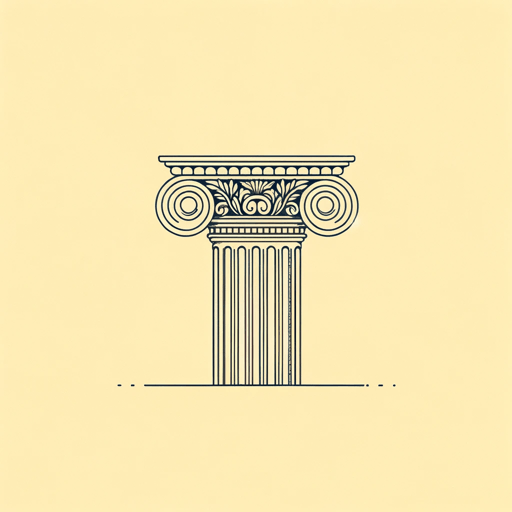42 pages • 1 hour read
John RuskinThe Stones of Venice
Nonfiction | Book | AdultA modern alternative to SparkNotes and CliffsNotes, SuperSummary offers high-quality Study Guides with detailed chapter summaries and analysis of major themes, characters, and more.
Book 2, Part 2Chapter Summaries & Analyses
Book 2, Part 2: “The Gothic Period”
Book 2, Part 2, Chapter 4 Summary: “The Nature of Gothic”
Gothic is the next style in Western architectural history after Byzantine. Ruskin argues that it is difficult to define the Gothic style because it consists of many different elements, not all of which are present in every piece of “Gothic” architecture. Nevertheless, all Gothic buildings share an essential spirit that can be traced to both “external forms” and “internal elements,” or “mental tendencies.”
The latter include “fancifulness, love of variety, love of richness” (159) and the grotesque, while the former include pointed arches, vaulted roofs, and decoration that imitates leaf forms. For Ruskin, the Gothic style glories in an honest realism and “extreme love of truth” (171) which is related to a Christian concern for portraying life and human nature to the full, in terms of both strength and weakness. As such, Gothic art presents a “humility” which is lacking in the idealized perfectionism of classical art.
The Gothic style was developed by northern European peoples—it is named after the Goths, a Germanic tribe—and is believed to express something of their character and ideals as well as the climate and landscape in which they lived.

